
伤口世界
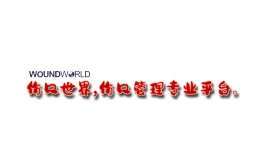
- 星期三, 06 3月 2024
Calcium supplementation in people with diabetes – is caution needed?
Habitual calcium supplementation is associated with an increased risk of cardiovascular disease (CVD) amongst people with diabetes but not in those without diabetes, according to this study of UK Biobank data published in Diabetes Care. Over a median follow-up of 8.1 years, 26 374 cardiovascular events were recorded amongst the 435 000 participants studied, and over a median follow-up of 11.2 years there were 20 526 deaths, of which around 4000 were designated as cardiovascular deaths. Amongst those with diabetes, habitual calcium supplementation was significantly associated with higher risks of cardiovascular events (HR 1.34), cardiovascular mortality (HR 1.67) and all-cause mortality (HR 1.44) compared to no calcium supplementation. In contrast, calcium supplementation in those without diabetes was not associated with significantly increased risk of these outcomes. Since habitual calcium supplementation is common in older people keen to reduce the risk of osteoporotic fractures, and since cardiovascular risk is already higher in those with diabetes, any potential increases in risk of CVD or other adverse events associated with calcium supplementation are important.
Pam Brown
GP in Swansea
Citation: Brown P (2024) Diabetes Distilled: Calcium supplementation in people with diabetes – is caution needed? Diabetes & Primary Care 26: [Early view publication]
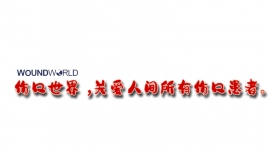
- 星期五, 01 3月 2024
Calcium supplementation in people with diabetes – is caution needed?
Habitual calcium supplementation is associated with an increased risk of cardiovascular disease (CVD) amongst people with diabetes but not in those without diabetes, according to this study of UK Biobank data published in Diabetes Care. Over a median follow-up of 8.1 years, 26 374 cardiovascular events were recorded amongst the 435 000 participants studied, and over a median follow-up of 11.2 years there were 20 526 deaths, of which around 4000 were designated as cardiovascular deaths. Amongst those with diabetes, habitual calcium supplementation was significantly associated with higher risks of cardiovascular events (HR 1.34), cardiovascular mortality (HR 1.67) and all-cause mortality (HR 1.44) compared to no calcium supplementation. In contrast, calcium supplementation in those without diabetes was not associated with significantly increased risk of these outcomes. Since habitual calcium supplementation is common in older people keen to reduce the risk of osteoporotic fractures, and since cardiovascular risk is already higher in those with diabetes, any potential increases in risk of CVD or other adverse events associated with calcium supplementation are important.
Pam Brown
GP in Swansea
Citation: Brown P (2024) Diabetes Distilled: Calcium supplementation in people with diabetes – is caution needed? Diabetes & Primary Care 26: [Early view publication]
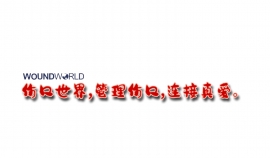
- 星期二, 27 2月 2024
Latest news: Adult-onset type 1 diabetes; inequalities in diabetes care; and final HCL recommendations
Stay abreast of the latest news that could impact diabetes nursing.
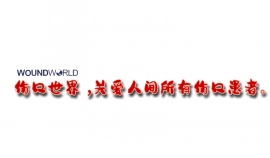
- 星期五, 23 2月 2024
The four-week delay: are we letting our patients down?
Paul Chadwick
MD Curative Wound Care Consultancy; Visiting Professor Birmingham City University;Associate Editor, the Diabetic Foot Journal
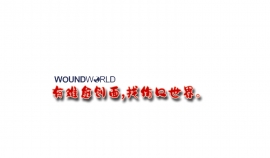
- 星期四, 22 2月 2024
Reaching a XENITH in cardiorenal protection
Zibotentan, a developmental endothelin A receptor antagonist, in combination with dapagliflozin in SGLT2 inhibitor-naïve patients, was effective in reducing albuminuria in people with chronic kidney disease (CKD) already on optimised RAAS blockade in the XENITH-CKD trial published in the Lancet. In this randomised, active-controlled, phase 2b clinical trial, adults with CKD, an eGFR of ≥20 mL/min/1.73 m2 and a uACR of 150–5000 mg/g (approximately 17–565 mg/mmol) were randomised to 12 weeks of treatment with zibotentan 1.5 mg daily (high dose; N=179), zibotentan 0.25 mg (low dose; N=91) or placebo (N=177), all in combination with dapagliflozin 10 mg daily, and in addition to full doses of an ACE inhibitor or ARB if tolerated. At 12 weeks, compared with placebo, there was a significant 33.7% reduction in uACR in the high-dose zibotentan group and a 27% reduction in the low-dose group. Fluid retention had been identified in previous studies of endothelin A antagonists; therefore, weight and B-type natriuretic peptide were monitored during the study and demonstrated fluid retention event rates of 18% with high-dose zibotentan and dapagliflozin, 9% with low-dose zibotentan and dapagliflozin, and 8% with dapagliflozin alone.
Pam Brown GP in Swansea
Citation:
Brown P (2023) Diabetes
Distilled: Reaching a XENITH in cardiorenal protection. Diabetes & Primary Care 25: 199–200
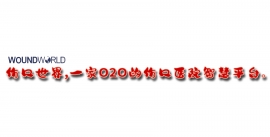
- 星期五, 09 2月 2024
MACE risk higher in newly diagnosed type 2 diabetes treated with lifestyle alone
Compared to people newly diagnosed with type 2 diabetes who were well controlled on glucoselowering therapy, those who were not on glucose-lowering therapy were found to have a higher 5-year risk of a first major adverse cardiovascular event (MACE), even if they achieved initial diabetes remission using lifestyle changes, according to this Danish real-world cohort study published in Diabetologia. Lower use of statins and RAAS inhibitors for primary prevention were identified in those not on glucose-lowering drugs but with persisting type 2 diabetes or in remission, and this was hypothesised to contribute to the higher MACE rates. Equalising statin and RAAS inhibitor prescribing to levels achieved in people with well-controlled type 2 diabetes taking glucose-lowering drugs was predicted to result in absolute reductions in first MACE risk. Those with poorly controlled type 2 diabetes taking glucose-lowering drug therapy had a similar standardised absolute 5-year cardiovascular risk to those with persisting type 2 diabetes not on glucose-lowering therapy, despite receiving similar levels of statins and RAAS blockade as the well-controlled group. These findings remind us that people newly diagnosed with type 2 diabetes may already be at significant risk of MACE, and we need to consider the need for statins and RAAS inhibitors to reduce this risk, even if glycaemia can be controlled without medication.
Pam Brown
GP in Swansea
Citation: Brown P (2023) Diabetes Distilled: MACE risk higher in newly diagnosed type 2 diabetes treated with lifestyle alone. Diabetes & Primary Care 25: 201–3
